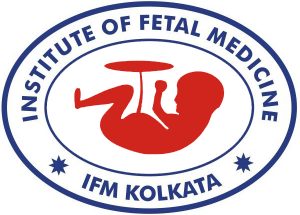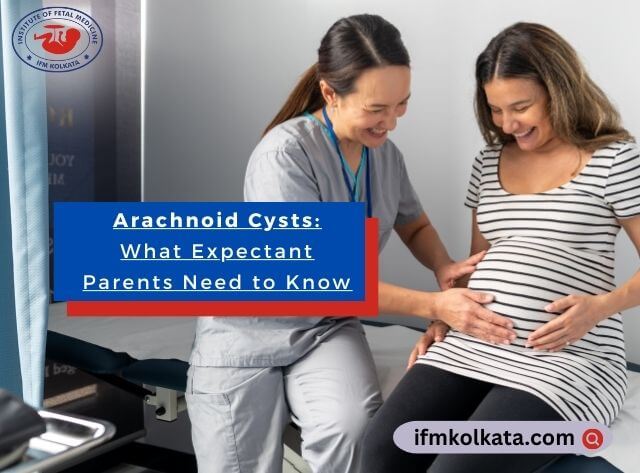An arachnoid cyst is a fluid-filled sac that occurs in the arachnoid membrane, one of the three layers of tissue surrounding the brain and spinal cord. While these cysts can appear in individuals of any age, their detection in fetuses is a particular concern in fetal medicine. This article explores the implications of an arachnoid cyst diagnosis in a fetus, the role of prenatal imaging, and the management strategies available to ensure the best outcomes for both the mother and the baby.
Understanding Arachnoid Cysts
Arachnoid cysts are benign and often asymptomatic; however, their presence in a fetus can raise concerns due to the potential impact on brain development. These cysts are filled with cerebrospinal fluid and are typically located between the brain or spinal cord and the arachnoid membrane. The size and location of the cyst determine the potential risks and the need for medical intervention.
Prenatal Diagnosis and Detection
Prenatal diagnosis of an arachnoid cyst usually occurs during routine fetal health assessments. Advanced imaging techniques with prenatal ultrasound including 3D ultrasound play a crucial role in detecting these cysts early in pregnancy. The identification of a brain cyst in a fetus prompts further evaluation to determine its size, location, and possible effects on fetal development.
Impact on Fetal Development
The presence of an arachnoid cyst during pregnancy can have varying implications depending on the size and position of the cyst. While many arachnoid cysts are small and do not interfere with brain development, larger cysts or those located in critical areas of the brain may pose risks. These risks include impaired brain development and the potential for neurological symptoms after birth. Understanding the impact of an arachnoid cyst on fetal development is crucial for planning appropriate interventions.
Fetal Medicine Approach and Management
In the field of fetal medicine, the management of arachnoid cysts involves close monitoring and assessment. Specialists at leading centers, such as the Institute of Fetal Medicine Kolkata (IFM), are equipped with the expertise and technology to offer comprehensive care. Fetal MRI for brain abnormalities provides detailed insights into the nature of the cyst, allowing doctors to formulate a personalized management plan.
Depending on the findings, management options may include regular monitoring through prenatal imaging to ascertain changes in dimensions of the cyst and development of mass effect. The role of fetal medicine in managing arachnoid cysts is pivotal in ensuring the best outcomes for both the fetus and the expectant mother.
Counselling and Parental Support
Receiving a diagnosis of an arachnoid cyst in their unborn baby can be a source of significant stress for parents. Prenatal counselling is an essential component of care, providing parents with the information and support they need to understand the condition and the potential outcomes. At IFM, parents can access the expertise of fetal medicine specialists in Kolkata who offer guidance on the best course of action and the expected prognosis.
Prognosis and Outcomes
The prognosis of an arachnoid cyst in utero largely depends on the cyst’s characteristics and the presence of any associated anomalies. Many fetuses with arachnoid cysts experience normal development and have a favourable prognosis. However, in cases where the cyst affects brain structures or causes hydrocephalus (fluid build-up in the brain), postnatal surgical intervention may be required.
Final Thoughts on Arachnoid cysts
Arachnoid cysts in the fetus present a unique challenge in prenatal testing and management. With advancements in fetal medicine and the expertise available at institutions like the Institute of Fetal Medicine Kolkata, expectant parents can be assured of receiving comprehensive care and support. Early detection, careful monitoring, and informed decision-making are key to managing this condition effectively and ensuring a healthy outcome for both mother and baby.

